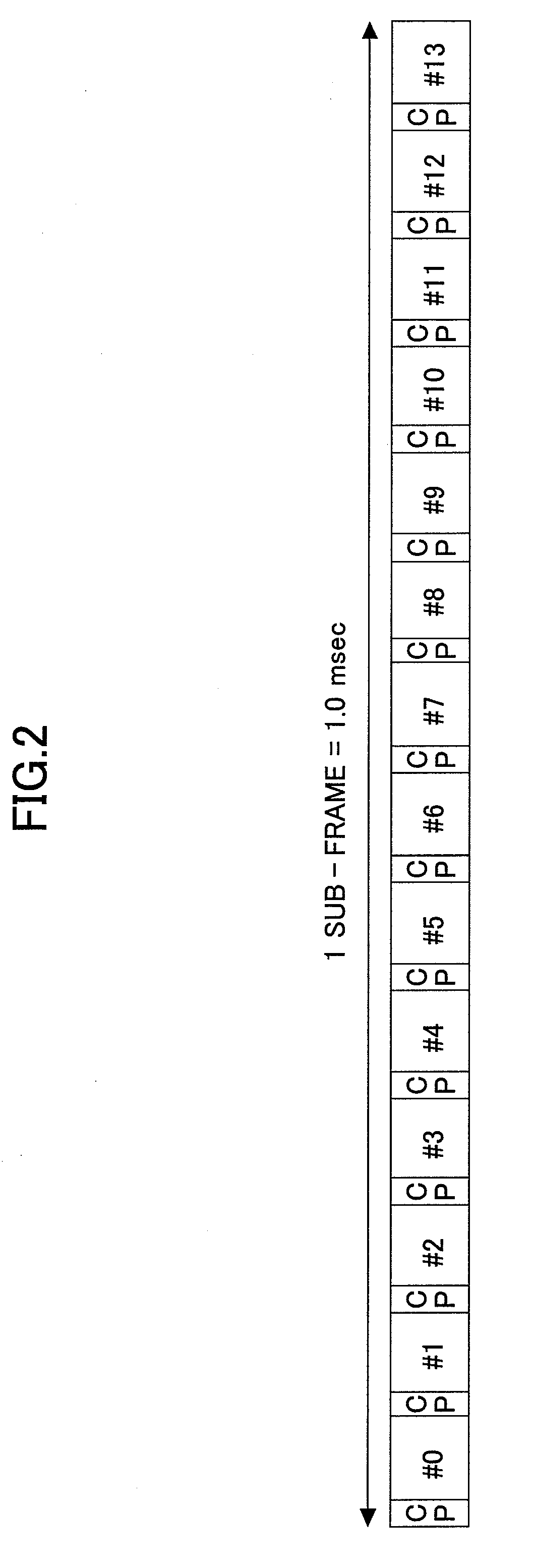Mobile communication system
- Summary
- Abstract
- Description
- Claims
- Application Information
AI Technical Summary
Benefits of technology
Problems solved by technology
Method used
Image
Examples
Embodiment Construction
Description of Notations
[0069]C1-C4, X-Z cell[0070]UE, UE1-UE4 user terminal[0071]CS control station[0072]101 frequency band determining unit[0073]102 frequency band information storing unit[0074]103 control signal generating unit[0075]111 frequency band priority determining unit[0076]112 frequency band priority information storing unit[0077]113 control signal generating unit[0078]121 scheduler[0079]122 control signal generating unit[0080]131 frequency hopping pattern determining unit[0081]132 frequency hopping pattern storing unit[0082]133 code changing pattern determining unit[0083]134 code changing pattern storing unit[0084]135 control signal generating unit[0085]141 timing determining unit[0086]BS, BS1-BS3 base station[0087]201 radio resource allocating unit[0088]202 receiving unit[0089]203 transmitting unit[0090]204 control information receiving unit[0091]205 channel condition measuring unit[0092]206 scheduler[0093]207 control signal generating unit[0094]211 radio resource allo...
PUM
 Login to View More
Login to View More Abstract
Description
Claims
Application Information
 Login to View More
Login to View More - R&D
- Intellectual Property
- Life Sciences
- Materials
- Tech Scout
- Unparalleled Data Quality
- Higher Quality Content
- 60% Fewer Hallucinations
Browse by: Latest US Patents, China's latest patents, Technical Efficacy Thesaurus, Application Domain, Technology Topic, Popular Technical Reports.
© 2025 PatSnap. All rights reserved.Legal|Privacy policy|Modern Slavery Act Transparency Statement|Sitemap|About US| Contact US: help@patsnap.com



